Our second day traveling down the Baja peninsula started while the sun was barely risen over Guerrero Negro, named after the “Black Warrior,” a ship that wrecked in 1858 on the tricky ever-shifting sand bars at the mouth of the lagoon.
We settled back into driving with Kuba at the wheel, and I as chief snack creator and cell phone checker.
Mile after mile, it seemed that the landscape shifted constantly in varying shades of green and shapes of tan, but the scene stayed mostly the same: endless desert and chaparral brush.
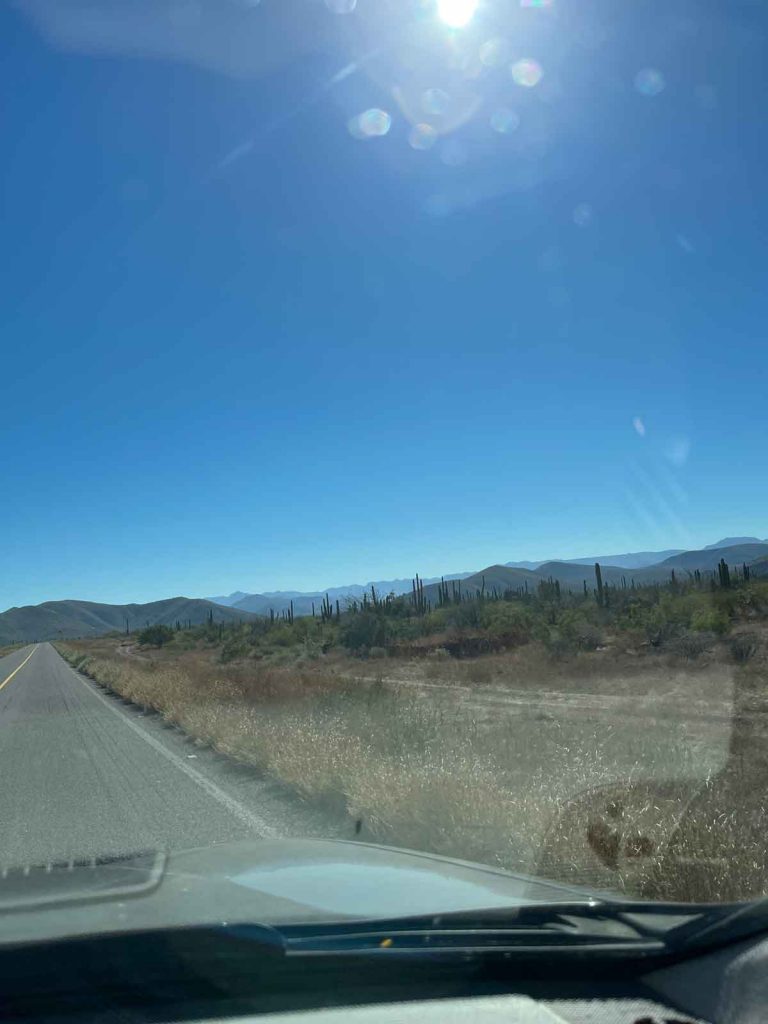
As we rounded a corner to the town of Mulegé, however, the vista abruptly and startlingly opened to the Sea of Cortez, whose jagged coastline we would be following.
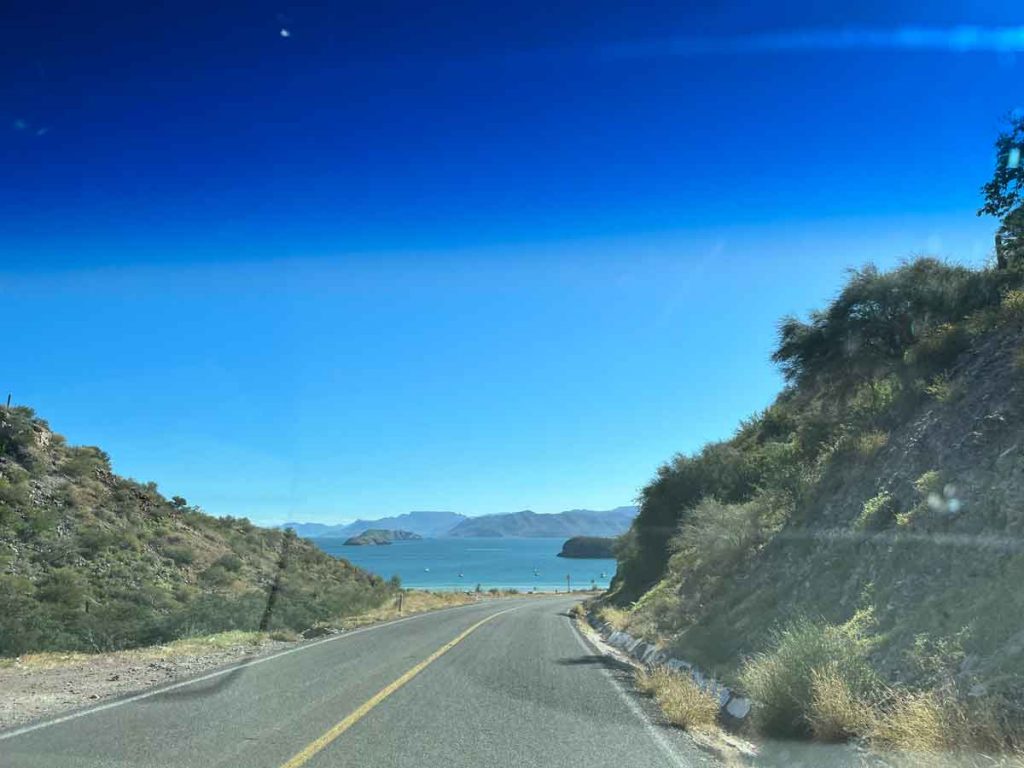
We had barely time to adjust to the unveiling of the Sea when an absurd sight appeared: palm trees. We had not seen palm trees in any of the previous 600 miles, and here suddenly there were hundreds of them, blanketing the tiny town of Mulegé.
Having lived in Los Angeles for 12 years, the familiar spires sent a thrill through me, but in my rational mind I knew that they did not really belong here. I had to dig into why and who had put them there.
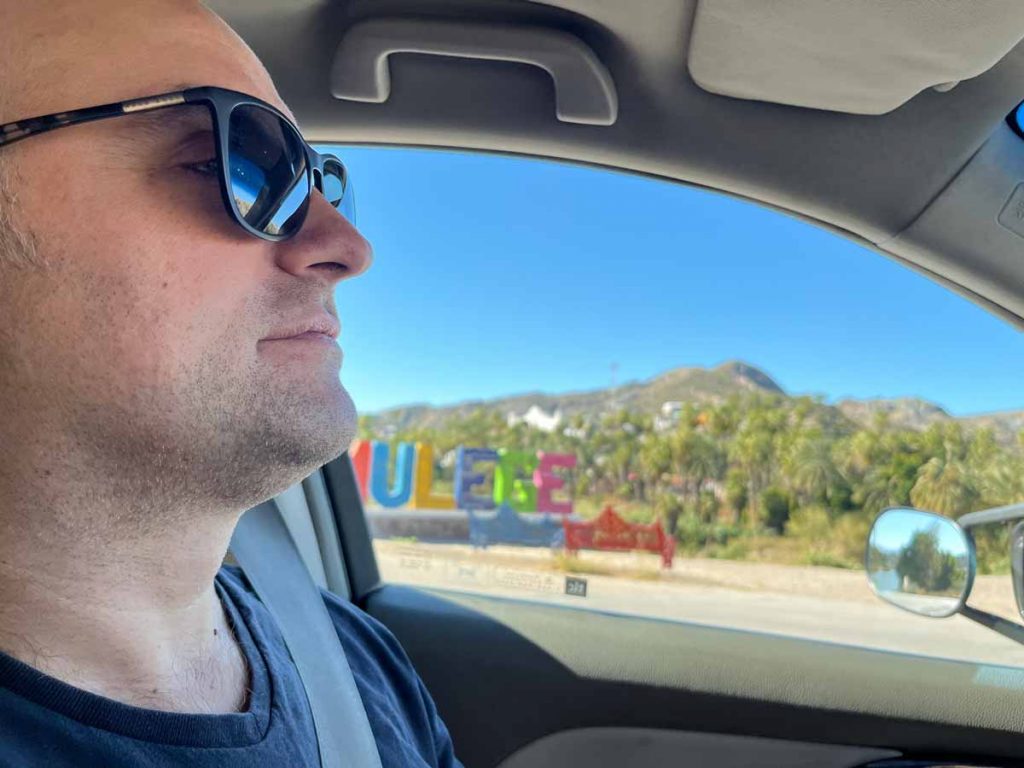
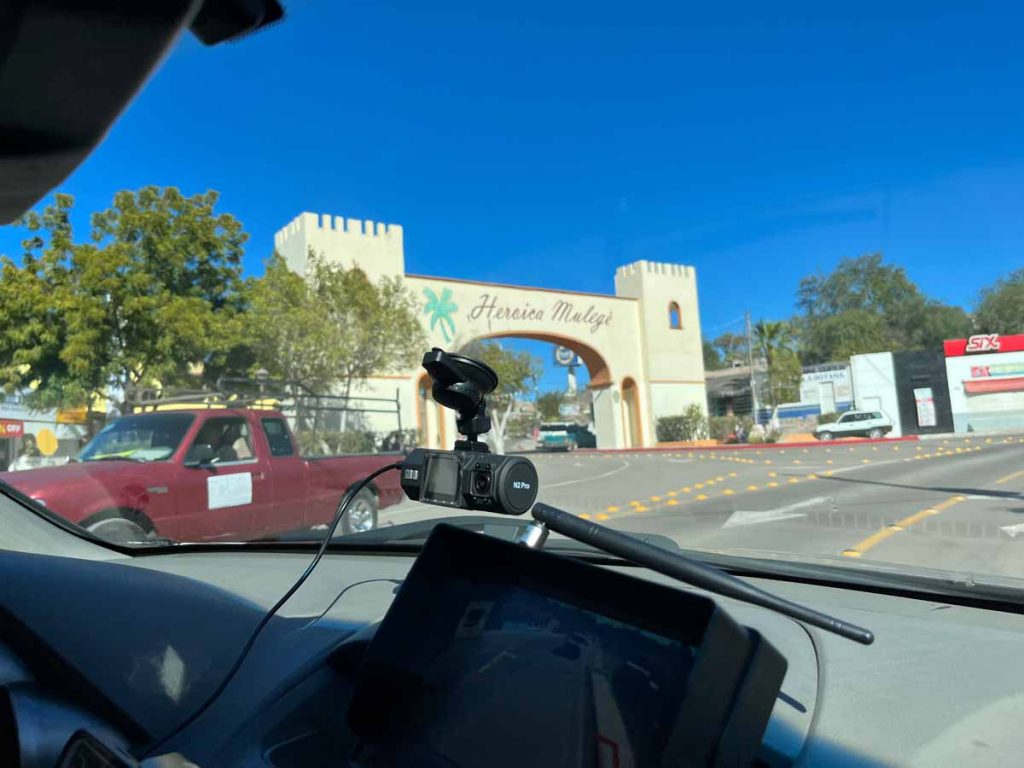
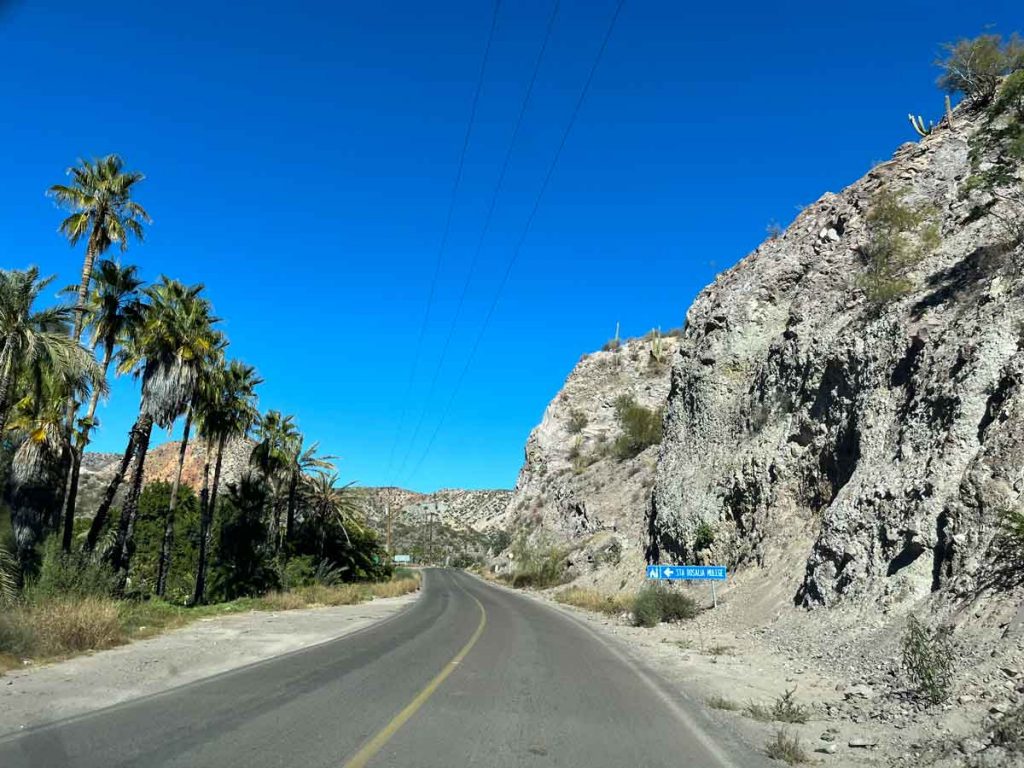
As I would soon come to discover, the town — like many once a village of fishers and farmers — had until the late 70’s been only accessible quickly by air. This remoteness made it a renowned playground of the rich and famous arriving on jets.
Now easily reachable since the construction of Highway 1, today Mulegé’s economy is driven primarily by tourism and an international reputation for its rich fishing grounds.
Continuing towards our planned stop in the town of Loreto, we would drive only 30 more minutes before our stomachs started rumbling and Bahía de Concepción billowed out before us with a sparkle. With many beaches and campgrounds along this stretch, we crossed our fingers that lunch was waiting for us somewhere.
That somewhere turned out to be a busy campground at Playa el Burro, where we persuaded an attendant to let us enter without paying the campground fee, so that we could eat at the restaurant on site.
“Una hora,”she sternly told us.
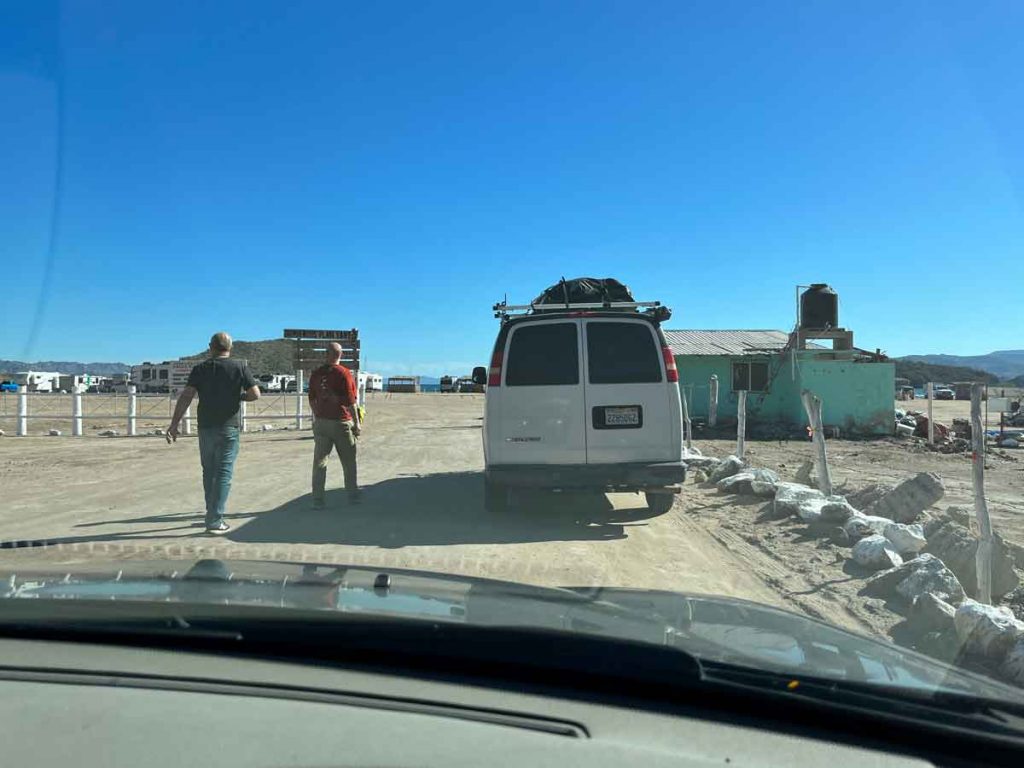
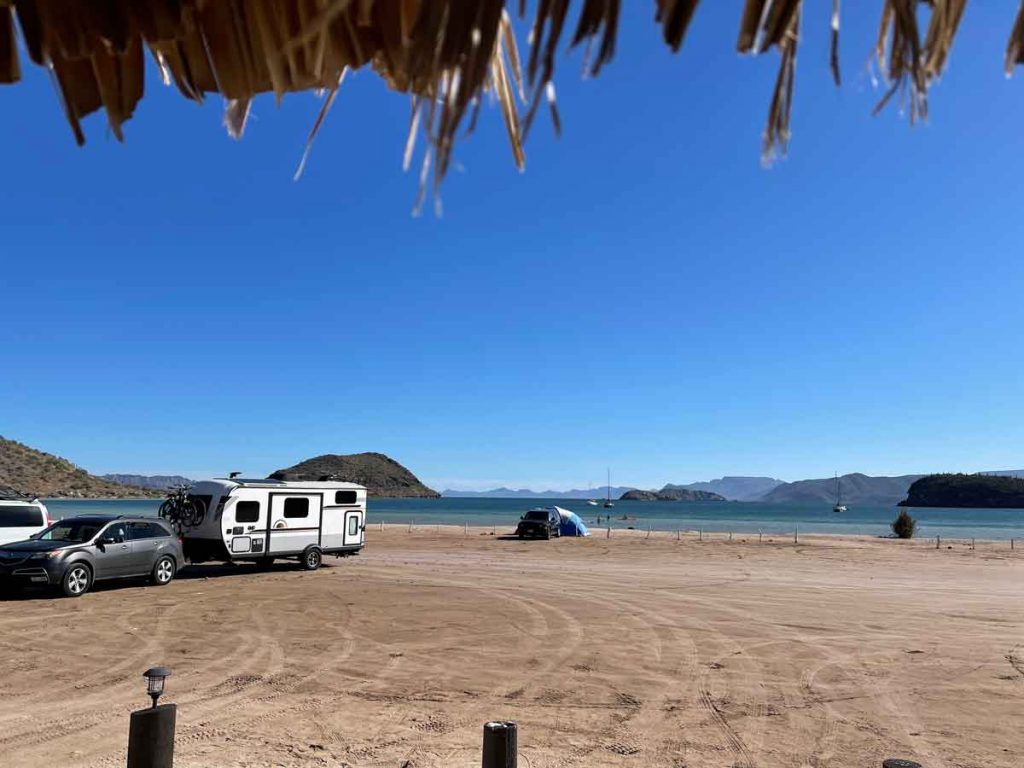
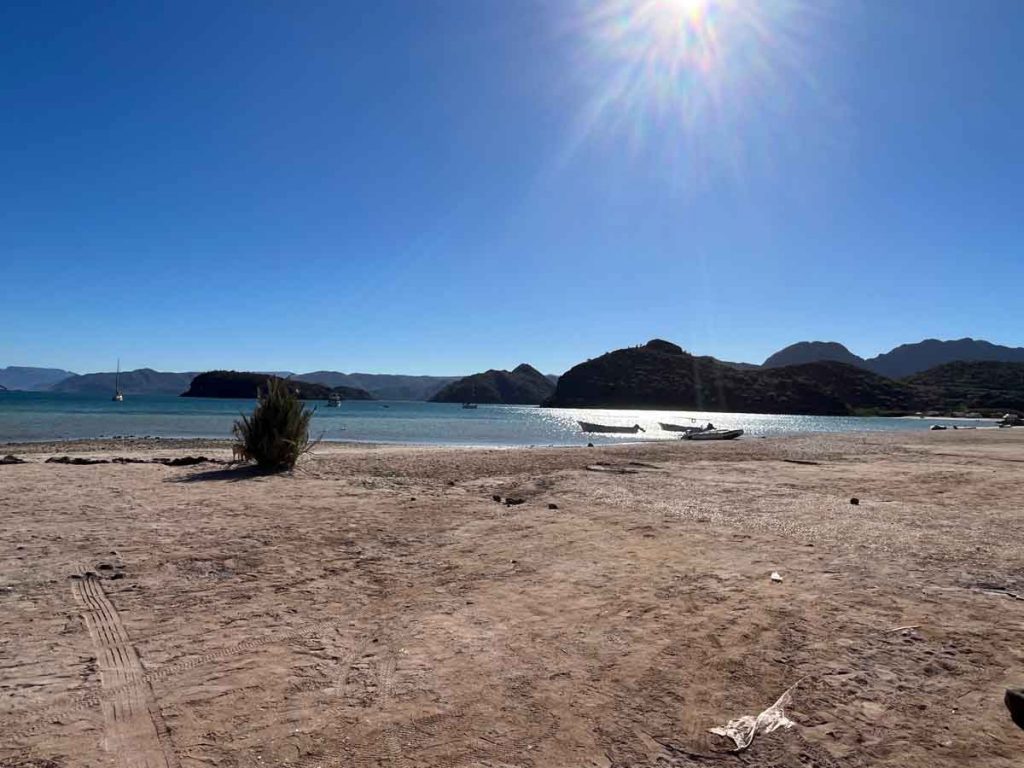
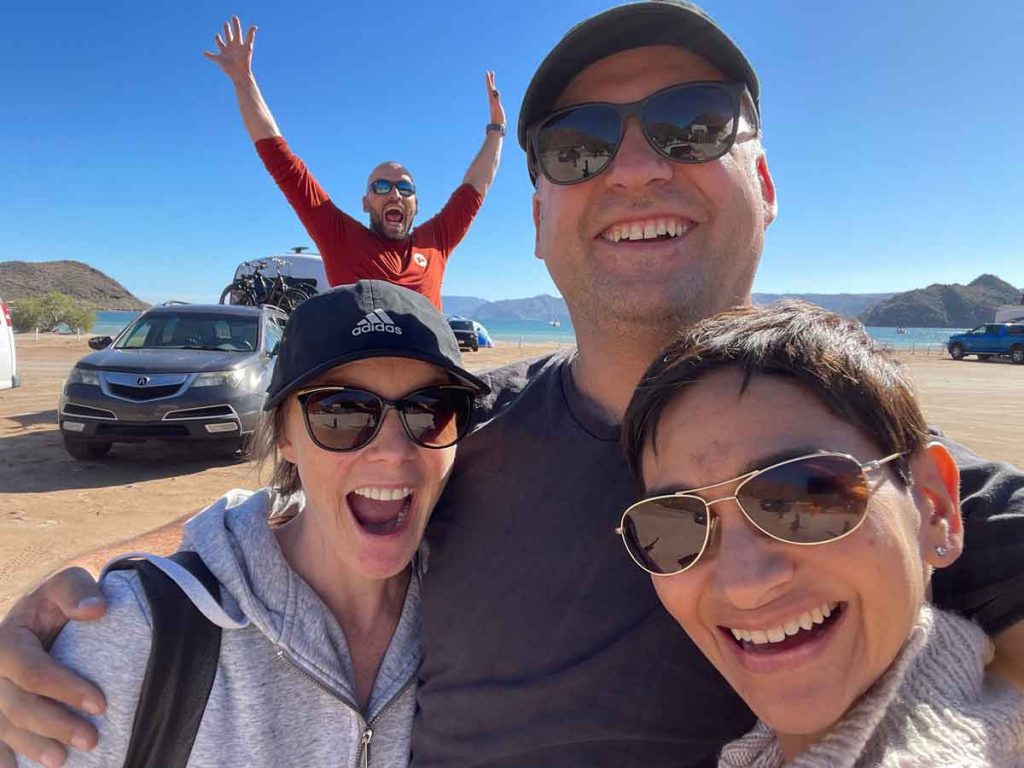
Not wanting to push our luck, we headed out early and drove for a short while before Kuba radio’d to find a place to stop. Given the dwindling light and our sheer exhaustion, a decision was made to rest for the night in Playa de Requesón, where we discovered another makeshift campground hiding behind a sand dune.
The location could not have been more perfect, and we were incredulous at this opportunity to camp on a beach. Only a single construction cone and 20 pesos stood between us and a wide stretch of shore. No facilities, no hookups, no water, no problems. We had our pick of beach, and parked just mere feet from the sea.
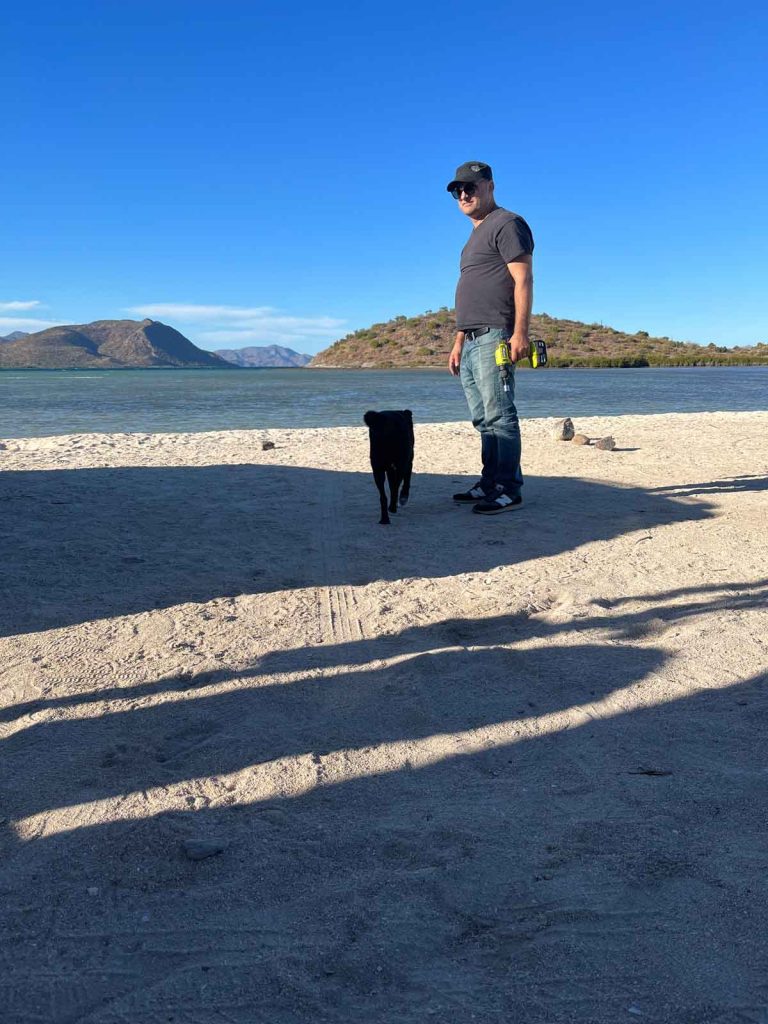
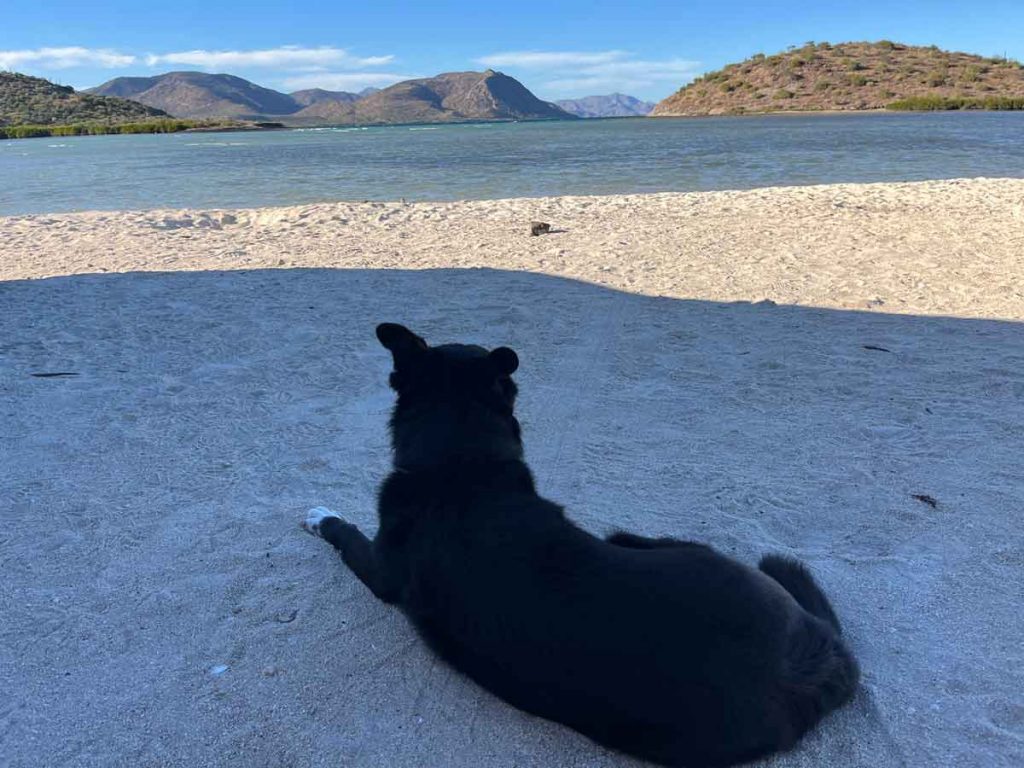
Within the hour we were treated to the novel sight of our caravan companion in his kiteboarding gear, lines trailing 40 feet behind him. He tried to launch several times but was stymied by a nearby mountain blocking the wind, and eventually gave up.
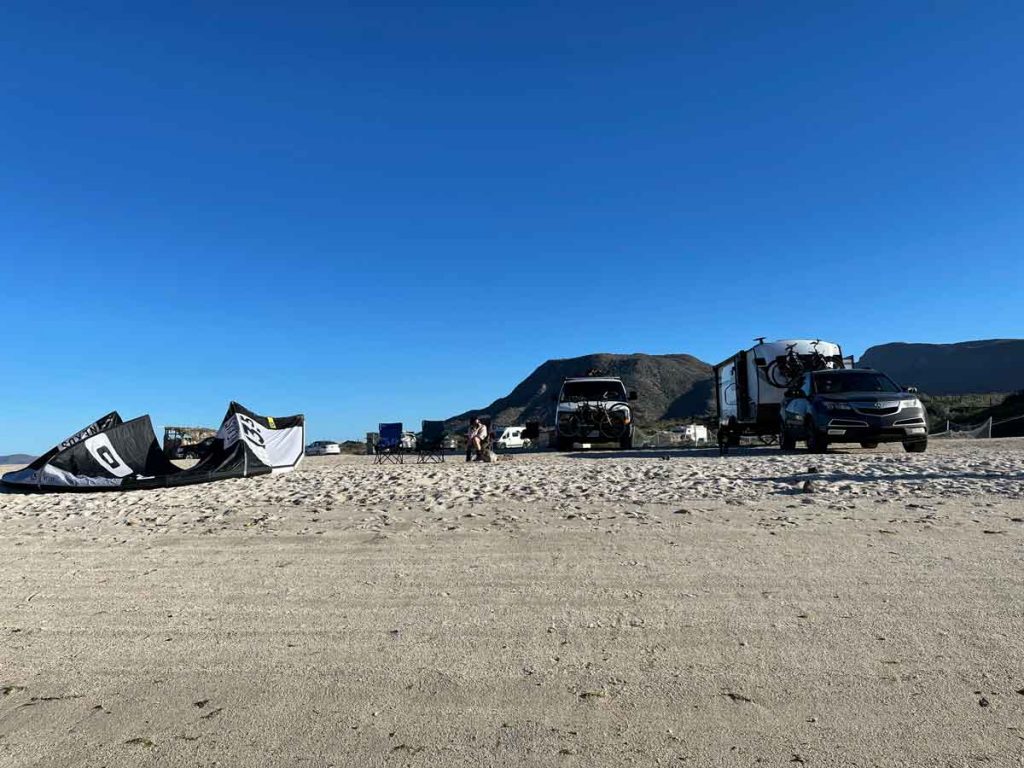
His disappointment aside, we were all excited at the prospect of stronger winds at our final destination and chatted happily until we started to come back down to earth.
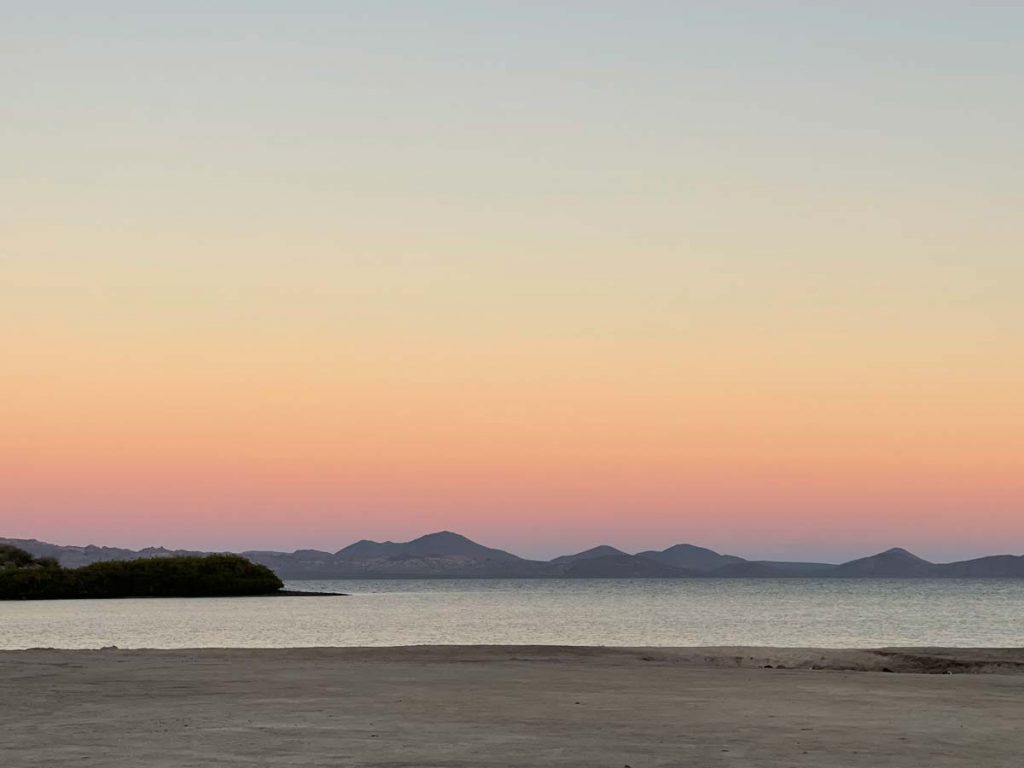
Breathing out the tension of the day, we quietly watched the sun finally sink as we sunk our toes into the sand, followed by the full moon gently illuminating the waters. It was then that something started to shift in my perspective.
Although we had always said that our new life meant slowing down, in the back of my mind and in my actions I had not really been living that philosophy. Getting to the next destination as quickly as possible was still an undeniable siren call on the road.
There’s no doubt that the stress and hustle of the last 2 years was not going to disappear overnight. But here on this little beach, I felt just a little lighter than I had before, and that was enough.

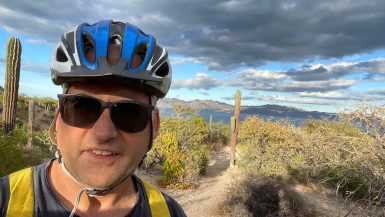
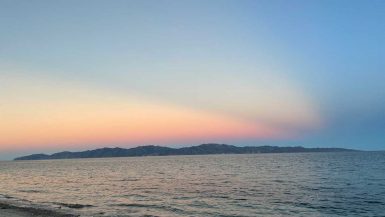
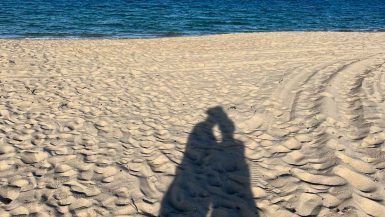
Leave a reply